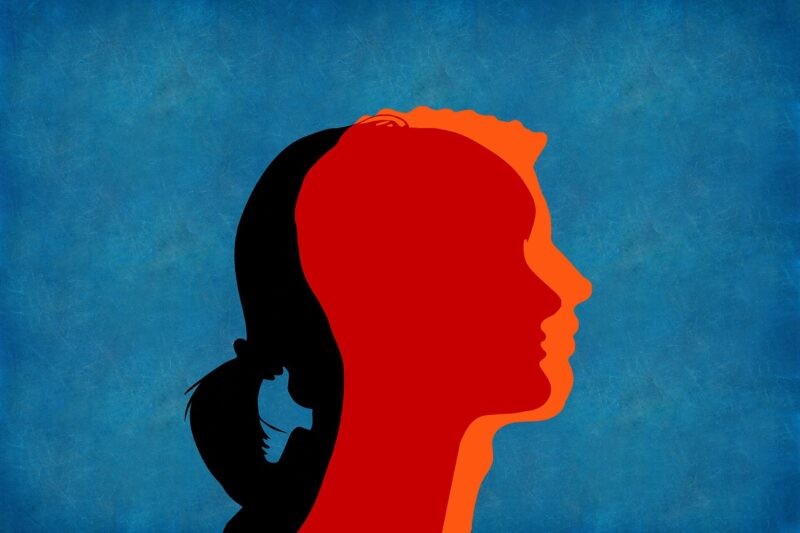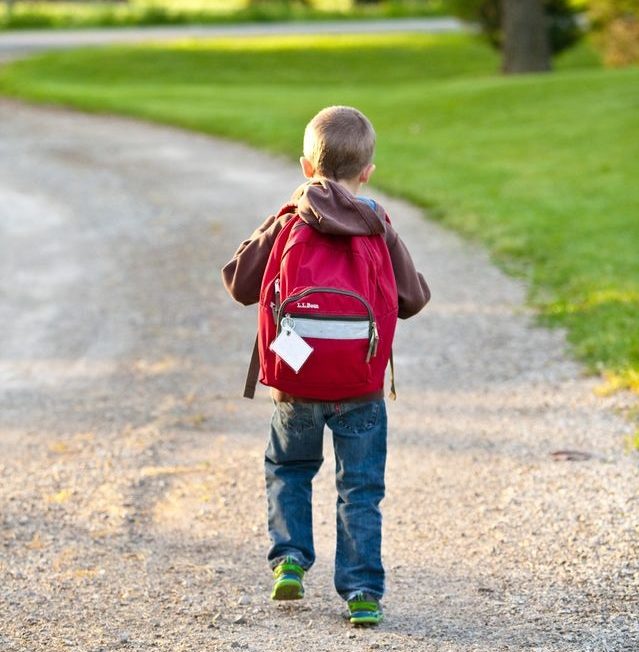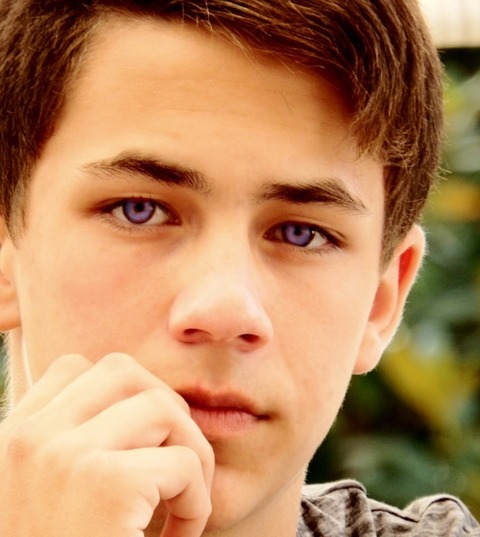
Study Confirms Link Between Violent Video Games and Physical Aggression
The latest in the long-standing debate over violent video games: They do cause players to become more physically aggressive. An international study looking at more than 17,000 adolescents, ages nine to 19, from 2010 to 2017, found playing violent video Read more >>









